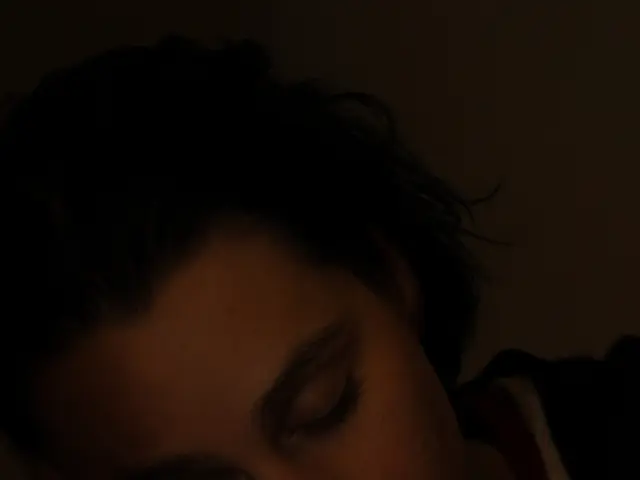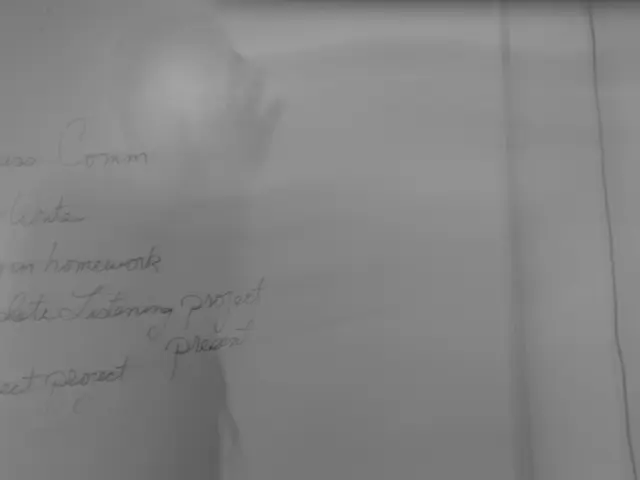Relaxation Technique: Delve into Deep Serenity with Five-Finger Breathing Technique
In a hectic world, we often find ourselves in a state of constant stress, even when there's no real danger around. However, taking a moment to slow down and relax canWorking on calming our minds and bodies can be truly transformative. That's where five-finger breathing comes in—it's an easy-to-learn, powerful technique that can help you unwind almost anywhere.
Five-finger breathing is more than just controlled breathing; it's a multisensory experience that engages different parts of your brain, encouraging a deep state of relaxation. This, in turn, triggers the release of endorphins—your body's natural painkillers. Endorphins are identical to opioids, but without the harmful side effects like constipation, nausea, or addiction risks[1].
So why does five-finger breathing work so well? When you focus on more than just your breath—tracing your fingers as you breathe—your brain enters a state of deep relaxation[1]. This practice is especially beneficial for those heading into surgery or recovering from a procedure. By practicing deep relaxation techniques like five-finger breathing, you can reduce stress, anxiety, speed up recovery, and even manage pain more effectively.
Let's dive into the steps of five-finger breathing:
- Prep your hands: You'll need two hands—one stationary and one moving. Choose a comfortable hand position, and decide which hand will trace the other.
- Trace your thumb: Start by placing the index finger of your tracing hand at the base of your thumb and moving it up to the top. As you trace, inhale deeply. When you reach the top, exhale while moving your finger back down.
- Continue: Move on to tracing your index, middle, ring finger, and pinky. Each time, follow the same process—inhale as you trace up, exhale as you trace down.
- Reverse direction: After tracing all the fingers, repeat the process moving towards your thumb. Focus on your breath and the sensation of your index finger tracing your skin.
- Relax: Keep going until you feel completely relaxed. When you're ready to stop, open your eyes and savor the relaxation you've achieved.
Teaching kids five-finger breathing:
Introducing this calming technique to kids can be an effective way to help them learn emotional regulation. The simple nature of five-finger breathing makes it an accessible tool for children[1]. In summary, five-finger breathing is an effective practice for cultivating calmness and mindfulness, and it's suitable for all ages.
So next time you feel yourself getting worked up, give five-finger breathing a try. Take a moment for yourself, breathe deeply, and enjoy the subtle but powerful benefits of this technique. You might just find that it's the key to a more peaceful, centered life.
Five-finger breathing, besides being a controlled breathing technique, is a multisensory experience that engages different parts of the brain, promoting mental health and wellness by inducing a deep state of relaxation. This relaxation leads to the release of endorphins, similar to opioids but without harmful side effects, designed to reduce stress and anxiety, and manage pain more effectively.
By teaching kids five-finger breathing, we can help them learn emotional regulation, making it an accessible tool for children to cultivate calmness and mindfulness, essential for their overall health and well-being.





